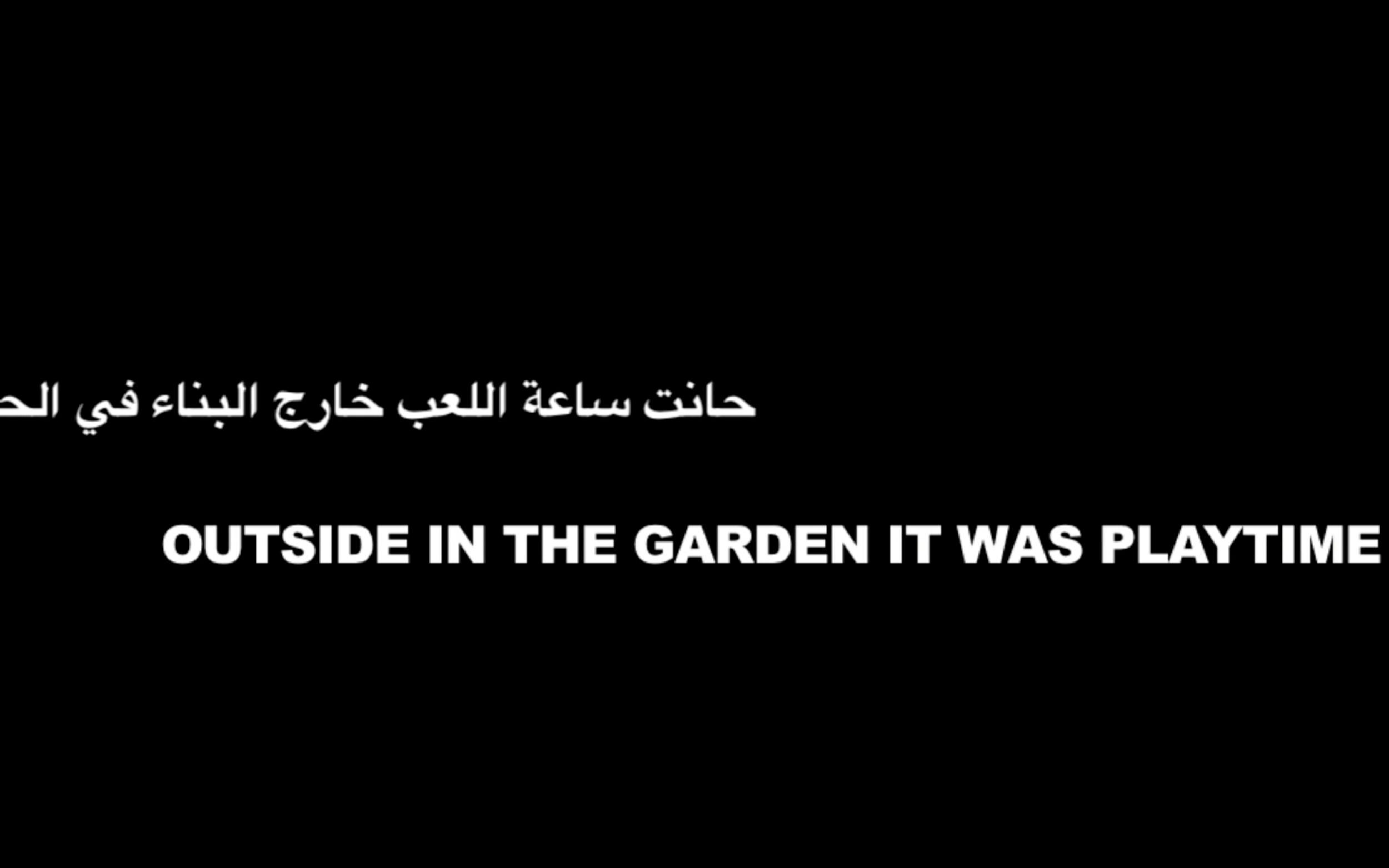
Farther Than the Eye Can See
Farther Than the Eye Can See was part of IDFA program in 2023, and withdrawn by the filmmaker. Upon the request of the filmmaker, we publish the following text as received:
"This film was one of 12 to withdraw from participation at IDFA 2023, amongst 28 total withdrawals that included moderators, jury, and others in protest at the festival's damaging denunciation of an action in solidarity with Palestine that took place on the opening night of the festival. At the time, the festival erased all information relating to the films withdrawn in protest from the website. In response to the publication of the Palestine Film Institute's 'Industry Protocol in Times of Genocide' in August 2024, and as a gesture towards transparency, IDFA reinstated the information relating to the withdrawn films in September 2024. No further accountability has been taken.” - The Palestine Film Institute on behalf of the filmmakers, for the full statement click here
Film Synopsis
In this story about displacement told in reverse chronological order, a woman shares her personal experiences within the history of the Palestinian exodus from Jerusalem—starting with the arrival and ending with the departure. This experimental short film intersperses the story with images of an anonymous and vaguely futuristic urban landscape—it is actually in the United Arab Emirates, but it could be anywhere.
Born stateless, Palestinian artist and filmmaker Basma al-Sharif examines the legacy of colonialism and the consequences of forced migration in her multilayered work. Farther Than the Eye Can See focuses primarily on the latter. The viewer is engendered with a sense of displacement though the film’s multiple leaps in time and space, as if both phenomena are simultaneously disappearing and then reappearing. Intense flashing imagery of the city set to modern violin music accompany spoken words about forced relocation.
Images



